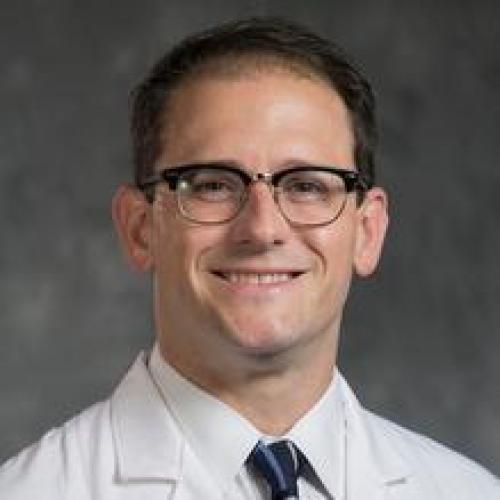
Cross-linking of porcine acellular dermal matrices negatively affects induced neovessel formation using platelet-rich plasma in a rat model of hernia repair.
The degree of cross-linking within acellular dermal matrices (ADM) seems to correlate to neovascularization when used in ventral hernia repair (VHR). Platelet-rich plasma (PRP) enhances wound healing through several mechanisms including neovascularization, but research regarding its effect on soft tissue healing in VHR is lacking. We sought to study the effect of cross-linking on PRP-induced neovascularization in a rodent model of bridging VHR. We hypothesized that ADM cross-linking would negatively affect PRP-induced neovessel formation. PRP was extracted and characterized from pooled whole blood. Porcine cross-linked (cADM) and non-cross-linked ADMs (ncADM) were implanted in a rat model of chronic VHR after treatment with saline (control) or PRP. Neovascularization of samples at 2, 4, and 6 weeks was assessed by hematoxylin and eosin and immunohistochemical staining of CD 31. Adhesion severity at necropsy was compared using a previously validated scale. Addition of PRP increased neovascularization in both cADM and ncADM at 2- and 4-week time points but appeared to do so in a dependent fashion, with significantly greater neovascularization in the PRP-treated ncADMs compared to cADMs. Omental adhesions were increased in all PRP-treated groups. Results indicate that, for 2-week measurements when compared with the cADM group without PRP therapy, the mean change in neovascularization due to ncADM was 3.27 (Z = 2.75, p = 0.006), PRP was 17.56 (Z = 14.77, p < 0.001), and the combined effect of ncADM and PRP was 9.41 (Z = 5.6, p < 0.001). The 4-week data indicate that the average neovascularization change due to ncADM was 0.676 (Z = 0.7, p = 0.484), PRP was 7.69 (Z = 7.95, p < 0.001), and combined effect of ncADM and PRP was 5.28 (Z = 3.86, p < 0.001). These findings validate PRP as a clinical adjunct to enhance the native tissue response to implantable biomaterials and suggest that ncADM is more amenable than cADM to induced neovascularization. PRP use could be advantageous in patients undergoing VHR where poor incorporation is anticipated and early-enhanced neovascularization is desired.
Duke Scholars
Published In
DOI
EISSN
Publication Date
Volume
Issue
Start / End Page
Location
Related Subject Headings
- Wound Healing
- Swine
- Rats
- Platelet-Rich Plasma
- Neovascularization, Physiologic
- Herniorrhaphy
- Hernia, Ventral
- Dermatology & Venereal Diseases
- Biocompatible Materials
- Animals
Citation

Published In
DOI
EISSN
Publication Date
Volume
Issue
Start / End Page
Location
Related Subject Headings
- Wound Healing
- Swine
- Rats
- Platelet-Rich Plasma
- Neovascularization, Physiologic
- Herniorrhaphy
- Hernia, Ventral
- Dermatology & Venereal Diseases
- Biocompatible Materials
- Animals

